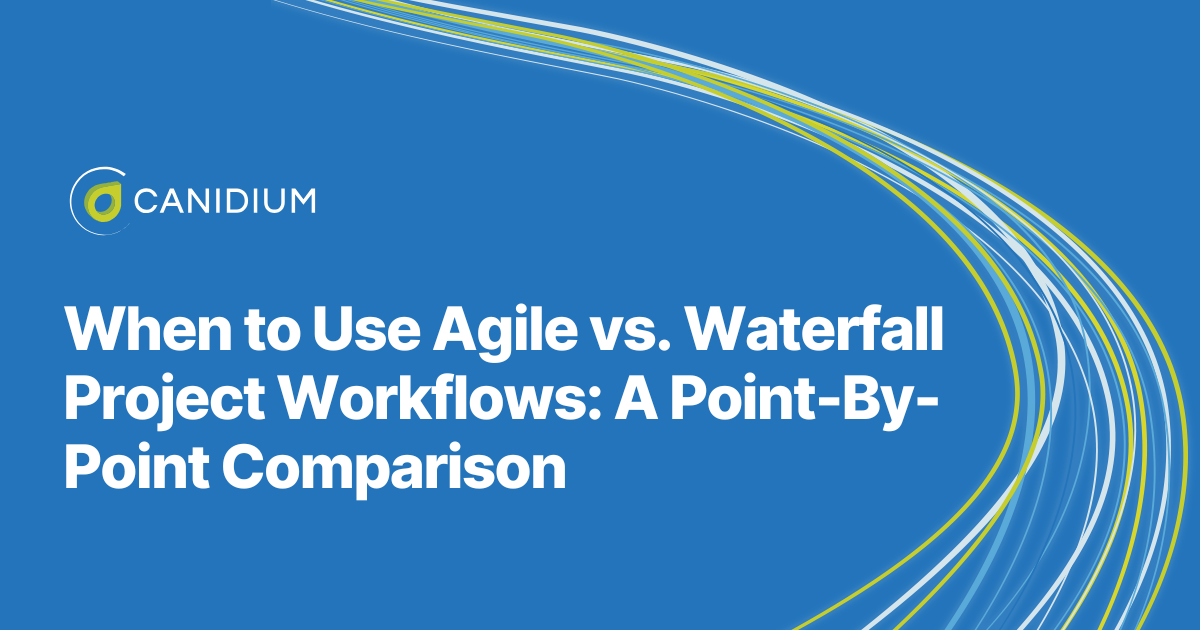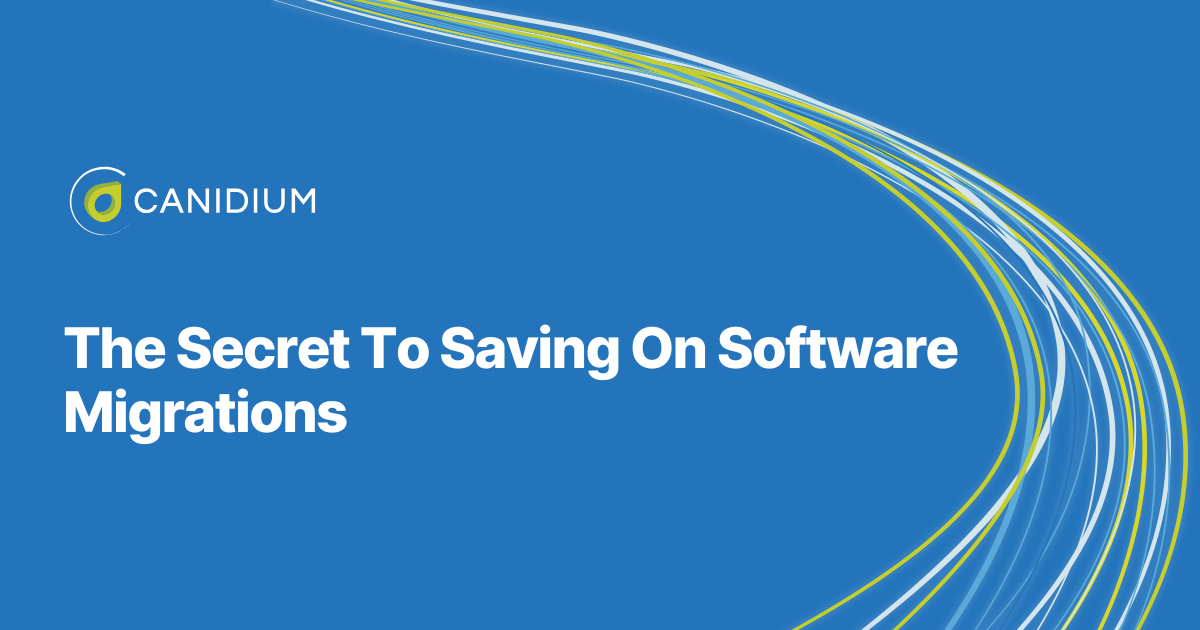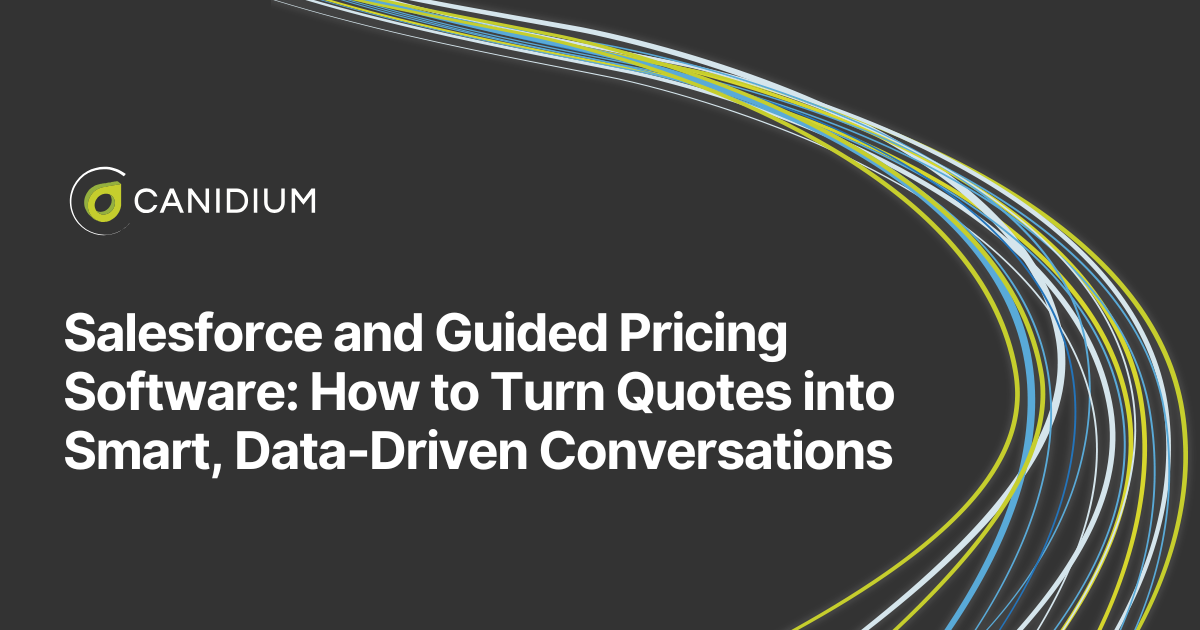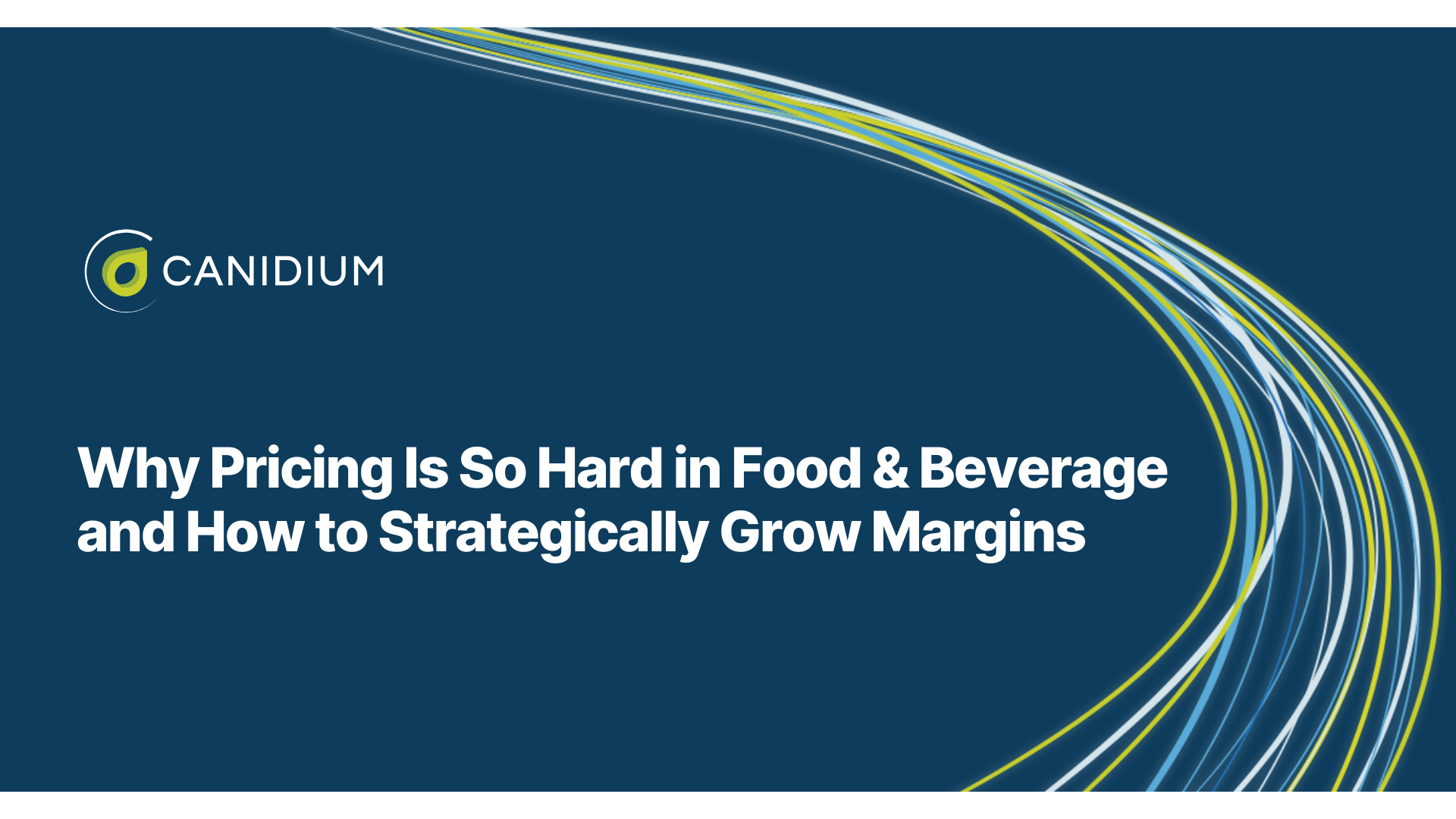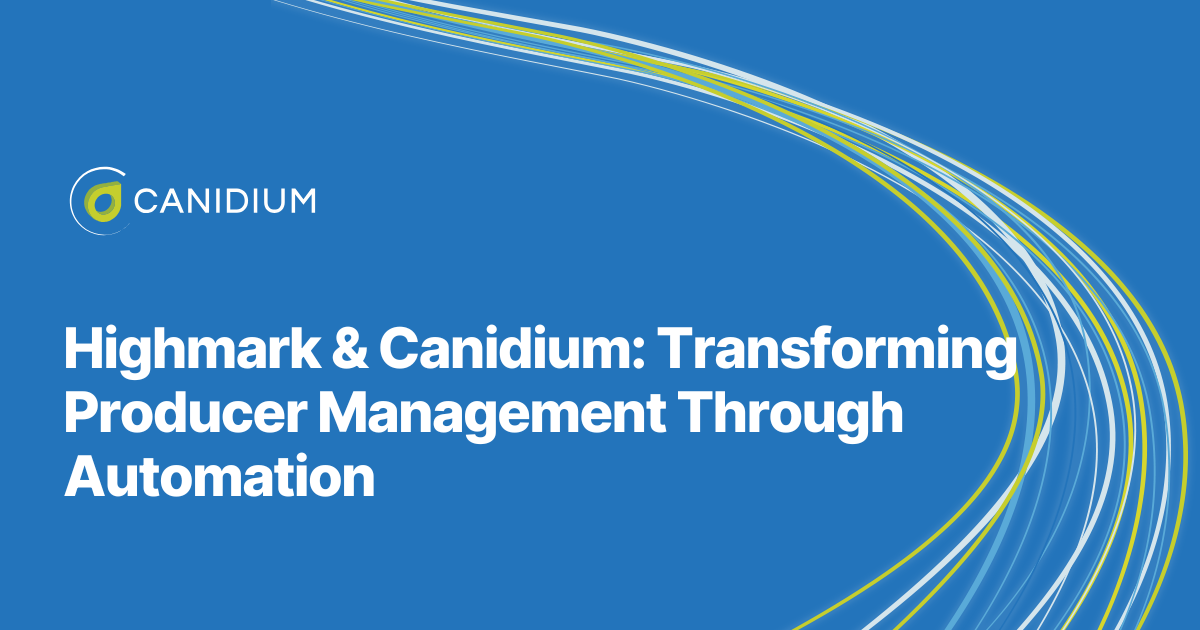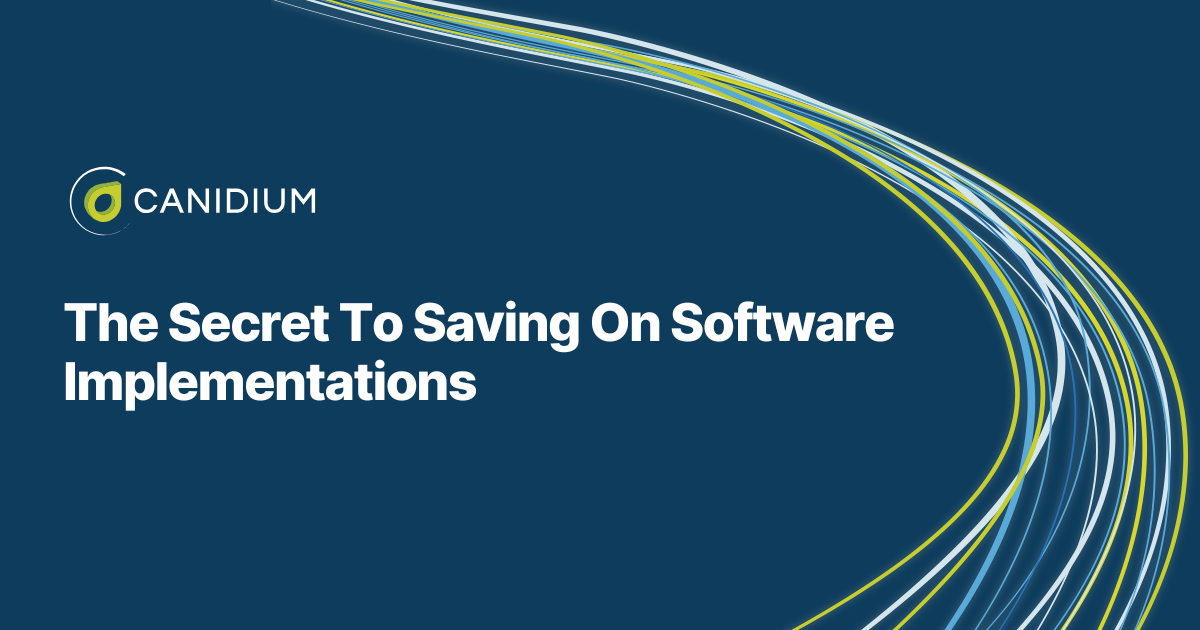If you pit an agile approach against a waterfall project management methodology, there's no consistent winner. In other words, neither is better than the other in all cases. However, when it comes to individual projects, there often is an obvious choice between agile vs. waterfall methodologies.
Our team of software implementation experts runs end-to-end agile and waterfall projects for enterprise-level companies. Through this experience, we have pinpointed the key organizational factors and project requirements that determine which model is best suited to each client. Moreover, we have also developed a hybrid project management approach that offers the best of both worlds to clients stuck between both options.
This article comprehensively covers the differences between each workflow, their ideal use cases, and guidelines for selecting the best option to help you determine your project's ideal software development process.
Insider Tip: Why Software Implementation Partners Need to Provide a Flexible Approach to the Development Process
As with any learning process, it is best to learn from the experts. So, what do specialist project teams consider the key to success?
Software implementation partners are not only technical specialists. These teams also have extensive insight into the nuances of optimal project lifecycle management. This experience shows that, above all, the key to best-in-class implementation services is flexibility.
Our project implementation team considers flexibility the most important aspect of our delivery methodology. While we have a proven framework that ensures successful project execution, we also recognize that every organization has its own culture, level of digital maturity, and project governance structure. Some companies have a well-defined IT methodology and prefer a strict project management framework. In contrast, others look to us for guidance. Our ability to adapt to our clients' preferences allows us to integrate seamlessly into their processes, whether they use tools like Jira or other PMO solutions.
There are two takeaways here. First, if you choose to work with an implementation partner on your project, you need to find a service provider that caters to your ideal project, regardless of whether it's an agile framework, waterfall method, or hybrid approach. Second, whether or not you are working with third parties on your project, you should also take a flexible approach to upfront planning. Even if you have seen success from an agile approach or waterfall methodologies in the past, each project is different, and the ideal option for your next initiative may also vary. With this in mind, understanding the core methodologies—agile, hybrid, and waterfall—will help you determine the best approach for your organization.
Agile Project Management, Waterfall Methodologies, or a Hybrid Model: Selecting the Best Option For Your Project
Before engaging in detailed planning, you must decide which project workflow you want to follow. The following breakdown of the agile method, waterfall's linear process, and hybrid project management strategies explain the benefits and drawbacks of each approach, as well as the organizational priorities that they cater to during complex projects.
Agile: Speed and Iteration for Well-Defined Needs
Agile project management is an iterative process, allowing us to develop and refine solutions quickly based on continuous feedback. This framework started in the early 2000s and skyrocketed in popularity between 2020 and 2021. In just one year, agile adoption within software development teams increased from 37% to 86%. However, this widespread interest does not necessarily make agile development the best methodology for every project.
Think of the agile workflow as a cycle. You will go through several iterations of the same sequential process, optimizing the project each time. Iterative cycles are particularly effective for organizations that:
- Have a strong understanding of their pricing processes and strategies.
- Are comfortable making incremental adjustments throughout the project lifecycle.
- Have subject matter experts (SMEs) available for ongoing collaboration.
How Agile Works
- Discovery Phase: The discovery workshop is the crucial first step in the agile project timeline, lasting 3-4 days. It focuses on understanding the client's pricing vision and preparing requirements, usually in the form of user stories and the IT landscape, to gather high-level requirements and establish a preliminary product backlog.
- Foundation Sprint: Agile teams set the stage for iterative development during the foundation sprint, which lasts 2-4 weeks. It refines the initial backlog from the discovery workshop and prepares for the first development sprints.
- Development Sprints—The project is divided into iterative sprints, during which features are designed, configured, tested, and reviewed.
- User Feedback – After each sprint, customer feedback is actioned, allowing refinements to be made in future iterations.
- Finalization & Support – Once all sprints are completed, we conduct user acceptance testing (UAT) and transition into post-go-live support.
The greatest advantage of agile methodologies is flexibility. You and your software implementation partner can provide course corrections mid-project, ensuring the final product aligns with your evolving business needs. However, one drawback is that organizations need to have dedicated personnel available throughout the project to provide feedback and make decisions.
Waterfall Method: The Traditional Approach
Waterfall project management follows a linear approach. It's a structured process where each sequential phase must be completed before moving to the next. This model is typically ideal for those with strict regulatory requirements or a highly structured internal project governance framework. Waterfall methodologies are characterized by distinct phases such as discovery, design, configuration, testing, and deployment. Think of waterfall models as a straight line. Each step in the process follows the completion of the last.
Waterfall is best for organizations that:
- Have very rigid approval processes or project requirements.
- Require a high degree of certainty or risk management before development begins.
- Prefer requirements and technical documentation before configuration starts and predictability in project deliverables.
How Waterfall Works:
- Discovery Workshop: Gathering pricing vision, learning your IT landscape, and setting well-defined requirements to produce comprehensive documentation. This phase ends with a signed SOW.
- Foundation: Transitioning from project planning and initiation to execution by refining requirements, establishing data interfaces, and finalizing the project plan.
- Design: Documenting all project requirements upfront through stakeholder validation meetings, ensuring a defined project scope and technical design.
- Configuration: Setting up the software solution per documentation developed during the initial requirements phase, developing customizations, and integrating data following a structured plan.
- Testing: Evaluating system functionality, with teams executing a test plan to identify and resolve issues before deployment.
- Deployment: Moving the tested system into production, including data migration, user setup, and final checks for a smooth go-live.
A pure waterfall approach can avoid uncertainty of the deliverables but can lack the flexibility to incorporate changes mid-project. A formal change control and approval process, often requiring change requests, is used to address any changes to scope. Depending on what is being changed, some may come with additional costs.
The Hybrid Process: Balancing Structure and Flexibility
For organizations that prefer more upfront planning but still want the adaptability of agile methodologies, a hybrid approach—sometimes called "Wagile"—is an excellent choice. This method starts with a more structured, Waterfall-style requirement-gathering phase but transitions into agile sprints for development.
Hybrid is well-suited for organizations that:
- Need time to identify their future-state pricing processes before beginning configuration.
- Prefer comprehensive documentation of all functional and technical requirements upfront.
- Want to allocate SME and tester resources in planned bursts rather than throughout the entire project.
How Hybrid Works
- Discovery & Planning – A structured phase where we document all business and technical requirements.
- Agile-Based Development – Once planning is complete, we use agile sprints to develop and refine the solution.
- User Acceptance Testing (UAT) – Testing occurs primarily at the end of development rather than continuously.
- Go-Live & Support – The final solution is deployed, and training/support is provided.
This approach offers more certainty around timelines since requirements are fully defined before development begins. It also minimizes the time commitment for SMEs, as they are mostly engaged in the early stages and later in testing.
Choosing the Right Approach for Your Organization
Each methodology has its strengths. The right choice depends on your priorities and work culture. Most organizations base their choice on the following key decision factors:
- Personnel Planning: Successful projects require customer collaboration. Consequently, your preferred approach to software development may depend on your level of customer involvement. If it is easier to allocate resources early, the hybrid approach is better. If people have the time and availability throughout the project, agile models are preferable.
- SME Availability: In pricing projects, SMEs are often easier to engage for 4-6 weeks upfront in a hybrid model, allowing them to focus on their regular tasks afterward rather than allocating their time over 5-7 months as in agile.
- Tester Involvement: Testers can be brought in periodically for both agile and hybrid, but in hybrid, most of their involvement occurs during UAT, making scheduling easier. Agile methodologies require more ongoing testing.
- Cost Considerations: There is generally very little cost difference between agile, waterfall, and hybrid. Both approaches require capturing 100% of requirements, whether upfront (hybrid) or throughout the project (agile).
- Go-Live Predictability: The hybrid approach provides more certainty for go-live dates since requirements are well-defined early. Agile allows for more flexibility but may result in shifts in the go-live date if new requirements emerge mid-project.
Ultimately, at Canidium, we prioritize flexibility and tailor our approach to each client's needs. Whether through agile's iterative approach, a hybrid structured approach, or waterfall's sequential approach, our expertise ensures a successful pricing transformation that aligns with our clients' strategic goals.
Agile vs. Waterfall: The Best Method is the One That Works for You
Our primary focus is delivering successful outcomes, and that means adapting to the unique culture, processes, and expectations of each client. While agile project management is the most commonly used approach, some projects require a waterfall model's more structured planning. Alternatively, a hybrid model that balances flexibility with predictability is ideal if you want to garner the benefits of both approaches.
Choosing the right methodology is not about selecting the "best" approach—it's about finding the approach that best fits your business. Contact our specialists if you are unsure which workflow is best for your project. They will talk through your unique organizational factors and requirements to give an expert opinion on your ideal approach. In the meantime, read more about software implementation project timelines in this comprehensive guide.
The Step-By-Step Guide to Successfully Implementing Pricing Software Series
This article is the fifth installment of our ongoing pricing project series.
These articles are designed to meticulously unfold the complexities of pricing software implementations. Our approach provides a clear roadmap from the project's outset, introducing each crucial phase in detail and making it easier to absorb and apply the information effectively.
- Part 1: How to Make Your Pricing Software Project Successful
- Part 2: How to Set Successful Pricing Software Goals
- Part 3: Identifying Your Product Pricing Strategy: 4 Examples
- Part 4: Why You Need to Involve Executive Stakeholders in Software Implementations
Over the course of this series, we will cover the following topics:


